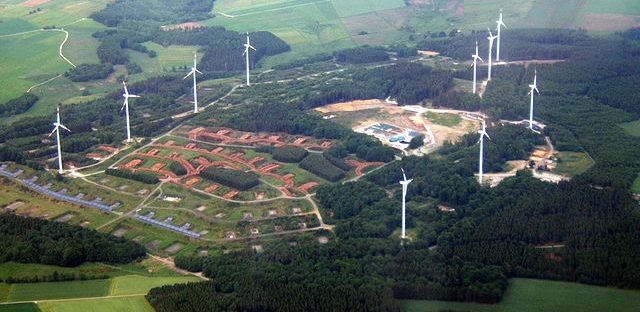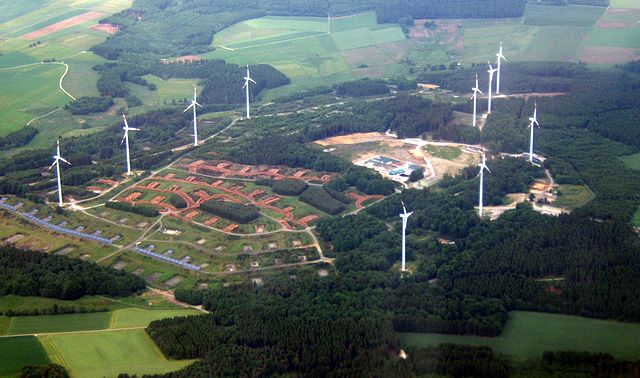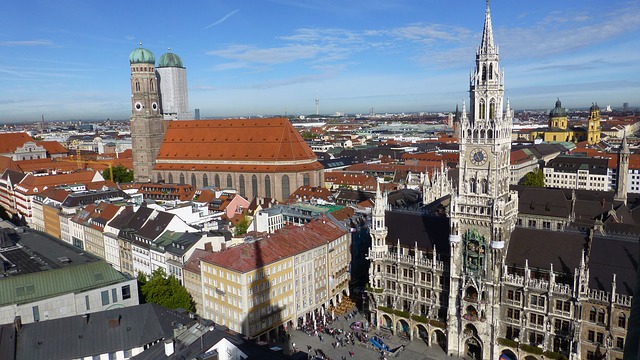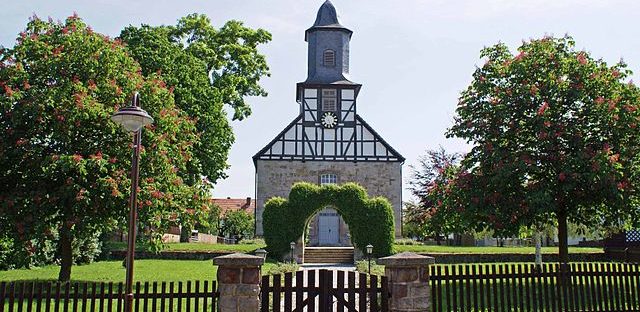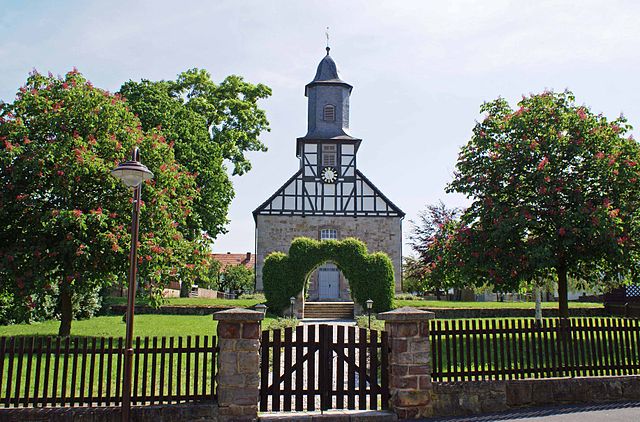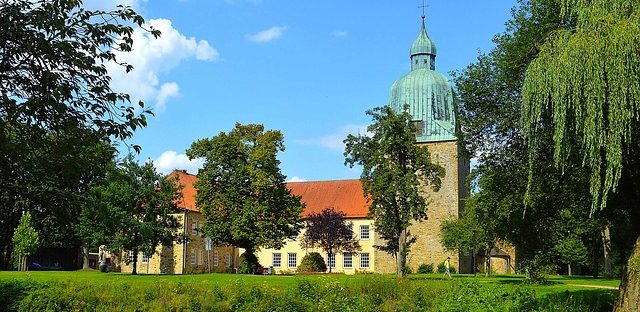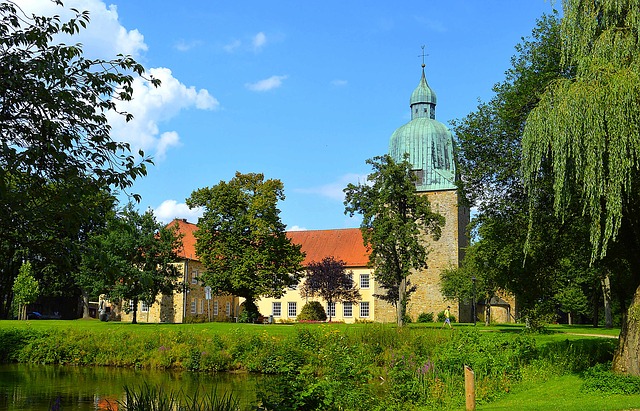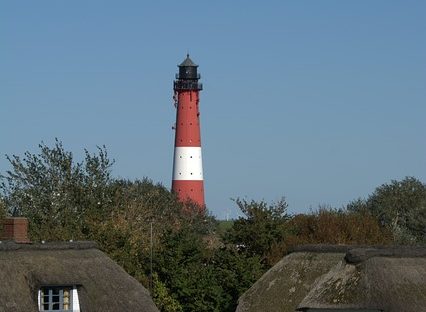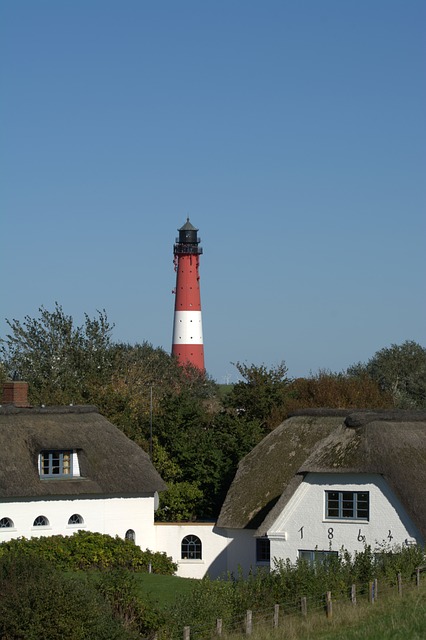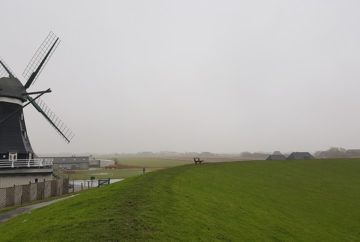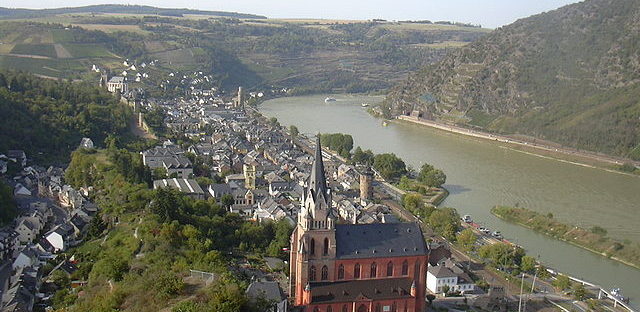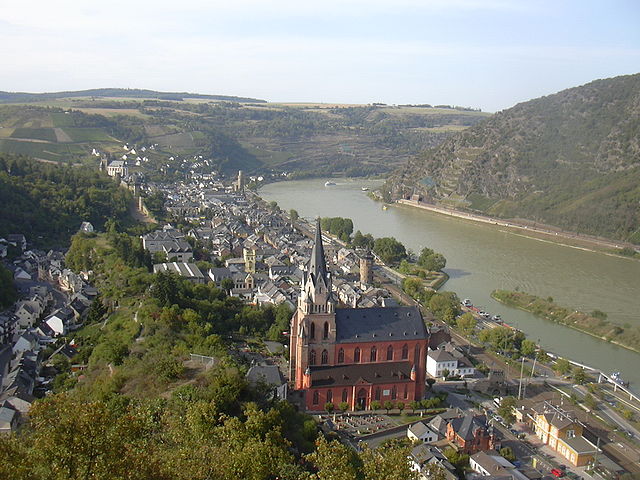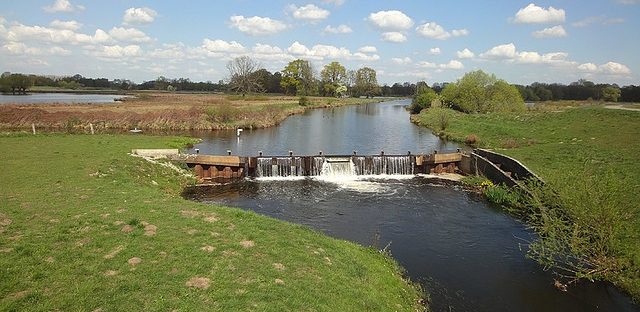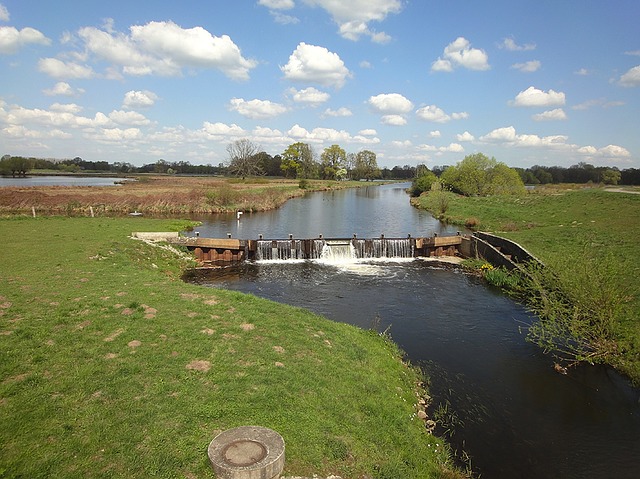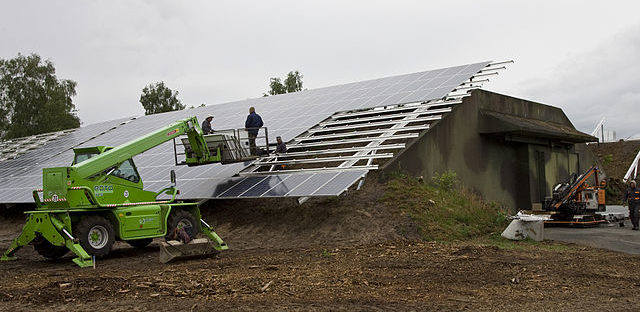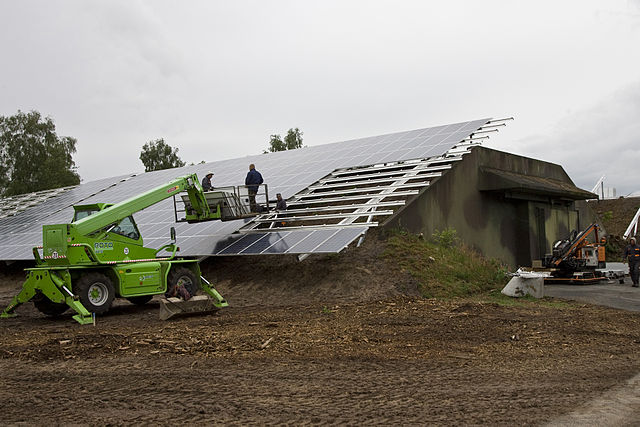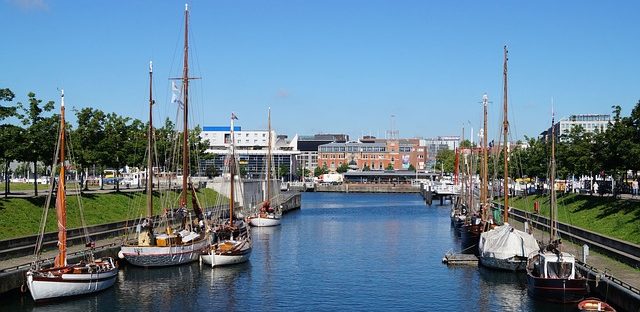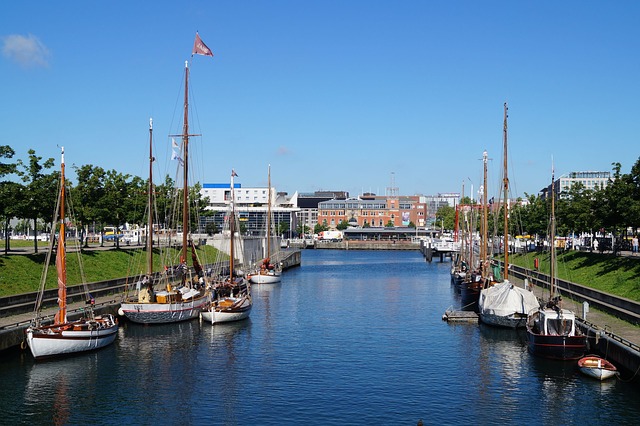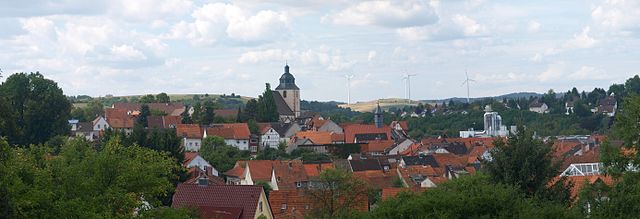- Target: Energy self-sufficient by 2020
- Status: In progress
- RES: Wind farms, solar power, biogas plants and micro district heating systems using wood-pellets.
- Implementation: Morbach is a municipality in Rhineland-Palatinate, in western Germany. It has set itself the ambitious target of energy self-sufficiency based on renewable energy by 2020. To reach this goal, it has conducted research into the topic. Over 10 years the electricity and heat demand of all municipal buildings has been monitored to identify potentials for energy saving measures. Besides that, a Material and Energy Flow Analysis for the municipality has been carried out and an Action Plan for the coming years is in progress. Recently, 14 wind power plants (28 MW), 7 MWp photovoltaic, 2 biogas plants and micro district heating systems with wood-pellets provide the municipality with 20% renewables. To expand the use of renewables Morbach is making use of municipal funding for further energy efficiency and renewable energy projects. For that purpose new wind power plants, new photovoltaic installations and another micro district heating system are at the planning stage. It has created the Energy Landscape, a new tourist attraction which has been visited by more than 20,000 people from 70 countries around the world.
- Population: 10,481 (2017)
- Area: 122.20 km2(47.18 sq mi)
- Link: (In German) https://www.energielandschaft.de/index.php
- German
- German
- German
